Managing Mental Health On Board with Purser Samantha Morris
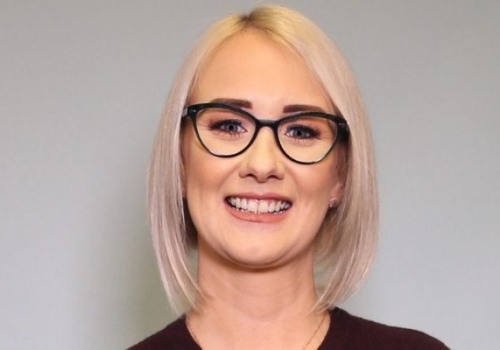
Working as finance manager on board cruise ships, the allure of yachting first caught the eye of Samantha Morris when she was moored alongside in St Martin. Despite the many similarities, making the transition was far from straightforward but, after 18 months and numerous hand written applications, she secured her first job on a 100m+ superyacht in the role of purser.
Even before the pandemic, Samantha was a keen advocate for crew mental health and, coming from a sector where awareness and provision are more ingrained, she recently became the safeguarding officer alongside her day job, making her the go-to person for crew in need of help or support.
Here Samantha discusses the importance of leadership, boosting morale and the pleasure of paying it forward to younger crew coming up the ranks.
Before you joined yachting you worked as finance manager on board cruise ships – how did that come about?
Eleven years ago, I wanted to go travelling with my friends but as we started to make plans they cancelled unfortunately, and I was too afraid to face the big wide world alone. After cruising with my dad, I did some research and discovered that cruise ships employ finance managers – at the time I had seven years’ experience in finance so I decided this was the right path for me to take.
I prepared my application and sent off 66 applications to numerous cruise companies around the globe. I remember it cost me £114 in postage but luckily I secured my first role, albeit via email. My first job as apprentice purser with RCCL was short lived as I was very homesick so after two weeks I resigned. I soon realised I had made a big mistake, not having given myself time to settle into the lifestyle and frantically tried to get back to sea.
In 2011, I was offered a job as finance manager with P&O Cruises, which incorporated my passion for numbers and my desire to travel. I realised leaving my first position was meant to be, as this new role was more suited to myself.
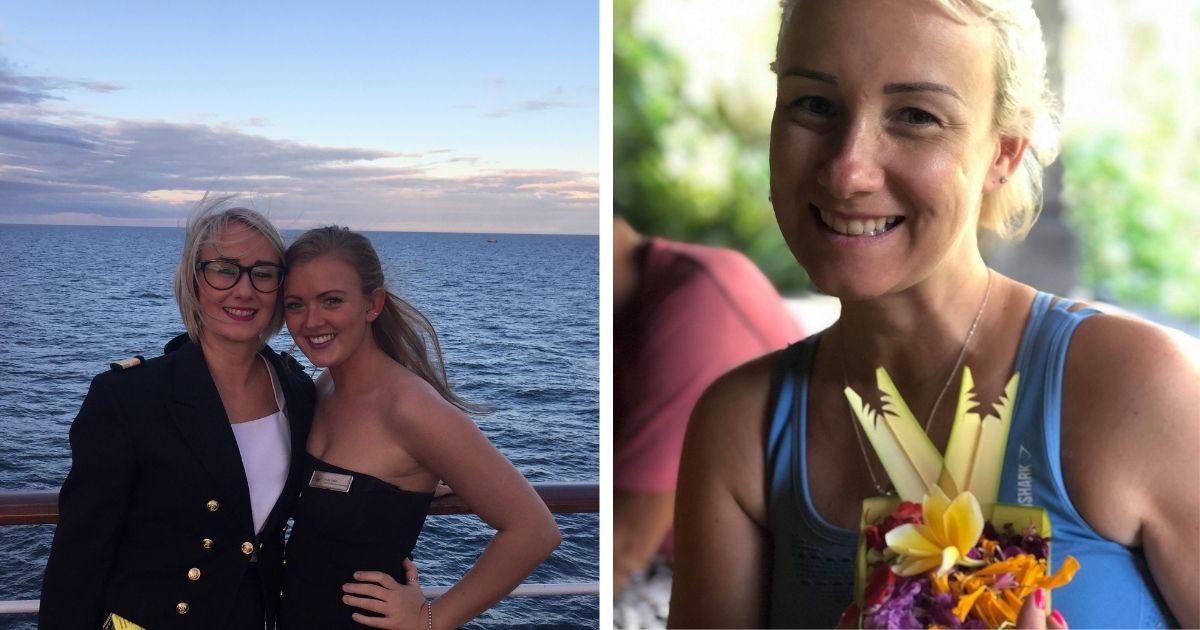
How would you describe that chapter of your career?
Looking back, it was an amazing experience, I learnt a lot and had loads of fun in the process. I made friends all over the world, the kind of friendships that do not change, no matter how much time has passed in between.
In 2012, I was incredibly lucky - I completed a circumnavigation where the ship visited 46 countries in 96 days. Another exciting part of working in the cruise industry was that I had the opportunity to escort passenger tours in each port of call. I had the privilege of going dolphin and whale watching, snorkelling with turtles and swimming with stingrays. I also went white water rafting in Grenada and canoeing in the Norwegian Fjords. In Russia I experienced the ballet and folklore dancing. These excursions were excellent getaways seeing the world with a fresh pair of eyes.
Above all, cruising allowed me to reward my family and friends - those who had made the most impact on my life - and to share new travel experiences with them.
Why did you decide to switch to superyachts and was it an easy transition?
I spent a large portion of my contracts in the Caribbean and we often docked close to the yachts. I remember saying to my parents: “When I no longer have the desire to work on cruise ships, I want to work on board one of those!”
It took me around 18 months to transition from cruise ships to yachting. Being in a senior management role, my notice period was three months and I was told that no yacht would wait that long for me and that you must be out of a job to get a job in yachting. But I was determined, so after completing five years in the company I applied for a year’s sabbatical - it was my safety net in case yachting was not meant for me.
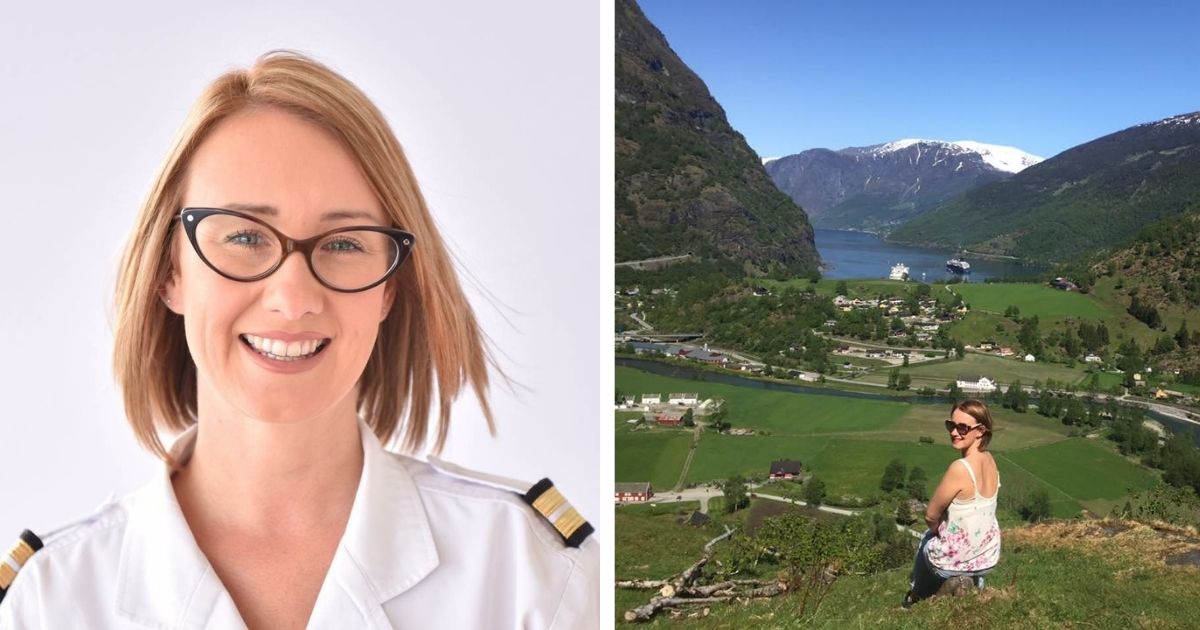
Against the grain, you joined your first yacht at purser level – how was this seen by the rest of the crew?
Many people discouraged me and ignored my previous experience - I was told that I should start as a junior stewardess and work up to purser, as I was taking other candidates’ jobs! I knew that others had made the same transition so, out of pure determination, hard work and perseverance, I secured my first purser role on a yacht. I was reminded of a quote in a magazine that really rings true for me: “You can’t control what people think about you, but you can control what you do and how you react to it”.
You now work on a 130m+ vessel - what is the scope of your role on a day-to-day basis?
A purser has many responsibilities but day to day I support the captain with all aspects of the vessel’s finance and administration, managing budgets and ensuring HOD’s don’t overspend. The purser is also seen as “Mother Hen”, helping to arrange medical appointments, filing medical claims and booking online training courses, checking certificate dates and sending out renewal reminders, creating crew and guest lists and collating paperwork to ensure we are granted entry into each port of call.
How does the role of purser on a superyacht compare to the role on a cruise ship?
On cruise ships, four different roles cover the position of a purser on a yacht: the administration manager deals with the guests, the crew manager deals with the crew, the finance manager manages all finances on board and the HR manager deals with all personnel matters.
As finance manager, I worked a split shift of five hours in the morning and three in the evening. I could complete most of my tasks during the sea days so that I could go out and enjoy the ports of call when the ship was docked. At the end of the working day, the evening was mine unless there was a financial emergency. The officers could also go on the passenger decks and attend the theatre and cabaret or visit the restaurants and bars.
However, I had lengthy contracts of six to seven months and the hotel officers were only paid for the time on board. Transitioning to purser in the yachting industry was effectively a promotion, receiving a monthly salary and having a fully rotational role.
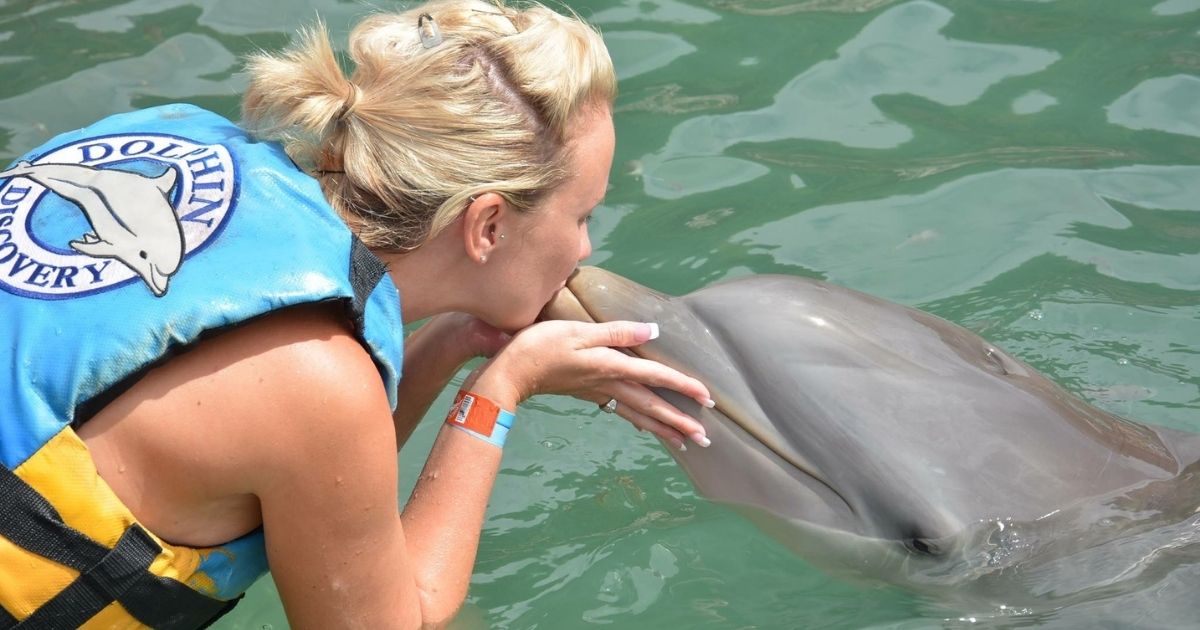
The pandemic has been a difficult experience for many crew – how has it been for you and what have been the greatest challenges?
My biggest challenge was crew travel. A big part of my role as purser is to organise and coordinate crew changes to and from the vessel. No one ever thought in a million years that aircraft would be grounded and that what was once a straightforward task would become nigh impossible. In May, when some of the airlines gradually started to go back into operation, getting from A to B suddenly included steps C, D, E, and F in terms of the logistics of getting crew back home or onto the vessel. Everything changed and I really had to think outside the box.
Many crew also had very long stints without holiday. My rotational purser was unable to reach the vessel due to the travel restrictions so the management company asked for me to stay until we could switch out. In the end I was on board for seven and a half months but some of my colleagues were stuck for eleven months.
When I spoke to my family back at home, they said the world I had left behind no longer existed and what I was missing was not there anymore, so they encouraged me to stay on board where they knew I was safe. I was worried I might burn out but I kept myself positive. And sometimes things work in mysterious ways - at a yoga retreat in Bali at the end of 2019, I experienced spiritual cleansing and I wished to be safe and healthy – I believe this is the reason I felt safe rather than simply ‘stuck’ on board.
How did the crew remain motivated and boost morale?
Through a tough experience we really came together and looked out and cared for each other to ensure we all remained positive. I always left my cabin with a smile on my face, even if I was not feeling amazing inside; a simple smile can brighten up someone’s day. I organised a murder mystery game, we did Master Chef and played board games like Trivial Pursuit and Cluedo. A colleague and I also did online yoga classes together. We were fortunate to be surrounded by marine life, dolphins and whales and astonishing sunsets. It has truly been one of my best contracts and I have my crew to thank for that; I will never forget this experience.
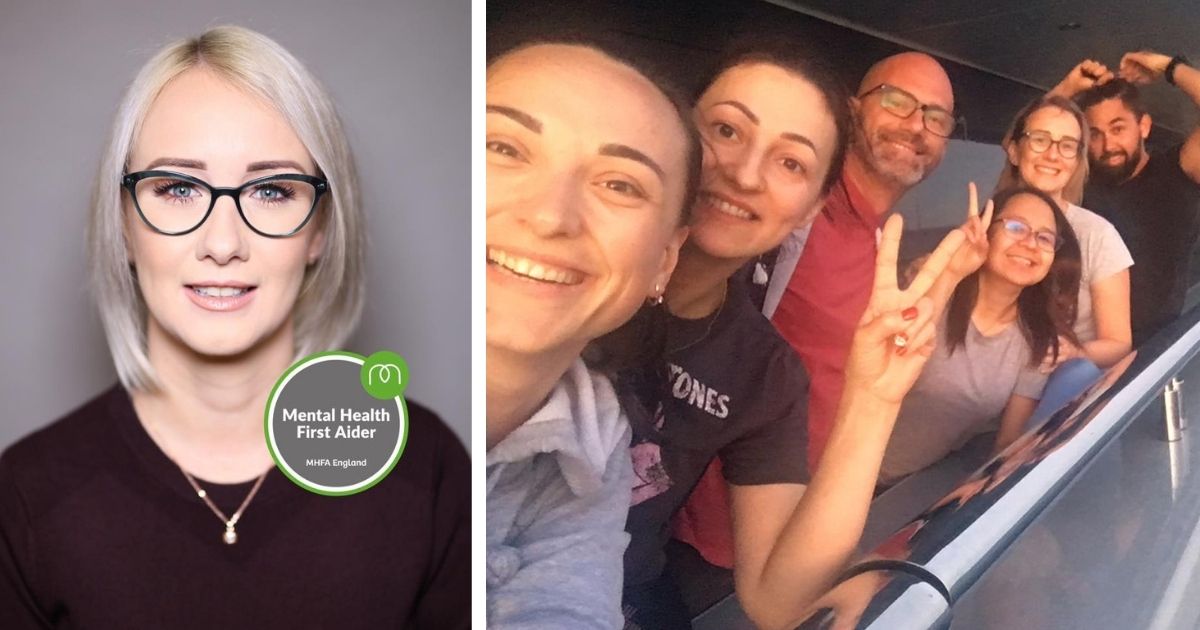
You recently completed an advanced leadership course – what was the most important thing you learned?
I learnt about safeguarding and how this role should be implemented on board. Andrew Roch, founder of The Crew Academy, made me aware of a different approach where we look at the organisational structure of the boat and determine where a safeguarding officer would best fit. This is an excellent way to change the onboard culture as there’s often the misconception that you cannot speak to a certain person due to hierarchy on board and that you must always go to your supervisor.
My initial thoughts would be the purser and/or the nurse as on large vessels I think there should be more than one.
How does yachting compare with cruise ships in terms of awareness and support for crew mental health?
On cruise ships they have an employee assistance program and an email address and free phone number to contact counsellors 24/7. All crew are given these details when they sign on and the captain and HR manager discuss it during the induction. They also run mental health first aid courses for all senior officers and mental health training for all officers. All crew are made ‘mental health aware’ and it is discussed during team musters - details of the EAP are also on the crew TV.
In yachting, much like in the wider world, we need to remove the stigma around mental health. I think all crew need to be mental health aware, and we each need to support our colleagues in their home from home.
Mental health has always been a battle, especially with seafarers, and the pandemic has certainly highlighted the issues and raised awareness across the whole shipping industry.
What have been some of the highlights during your career so far?
There have been so many but it started with my first position on a cruise ship which gave me with the skills and experience to land my dream job in yachting. I’m proud to be the purser on board one of the largest yachts in the world and to have been nominated as one of the top three pursers in the 2020 ACREW Awards!
I’ve also contributed to various articles and industry podcasts, discussing how I transitioned from cruise ships or offering advice on managing crew changeovers during the pandemic. I also enjoy helping others coming up the ranks to achieve their dreams of becoming a purser.
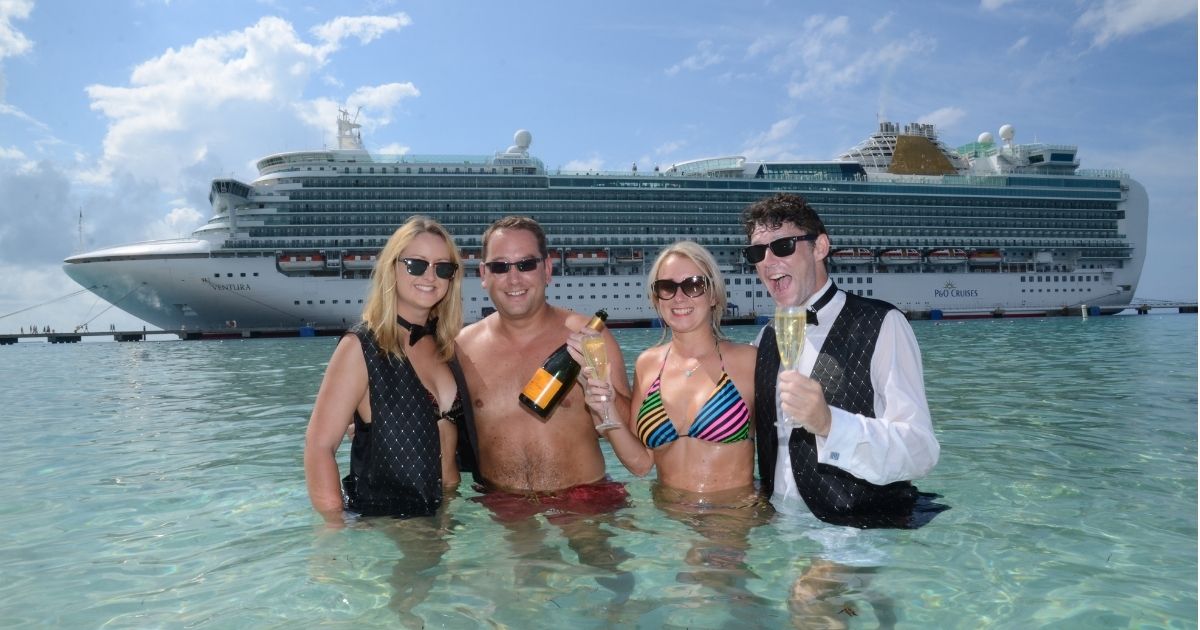
Where in the world are your favourite cruising grounds?
Some of my favourite places include Italy, Croatia, Greece, Malaysia, Panama and the Suez Canal, Western Samoa, Vietnam, Australia, Thailand, Singapore, the Caribbean, the Baltics, and the Norwegian Fjords.
What advice would you give to younger crew embarking on a career in yachting?
The key to success is to work hard and never give up on your dreams. Please reach out and contact me and I will do my absolute best to help you to ensure that your goals become reality too.
How do you see your future - what do you aspire to do beyond yachting?
That is the million-dollar question and I don’t yet know the answer. I have just embarked on a journey with Karine Rayson - The Crew Coach - and enrolled on her course called ‘Discover your Career Potential’. With her terrific coaching skills and support and guidance from my fellow students, I will learn to be more aligned with my core values and to achieve the right balance between work and time for myself. Having recently registered as a dōTERRA wellness advocate, I am also fulfilling my passion for helping people, so who knows what the future has in store… watch this space!
With thanks to Crew & Concierge


Post your comment
You cannot post comments until you have logged in.
Login to post a commentComments
No one has commented on this page yet.
RSS feed for comments on this page | RSS feed for all comments